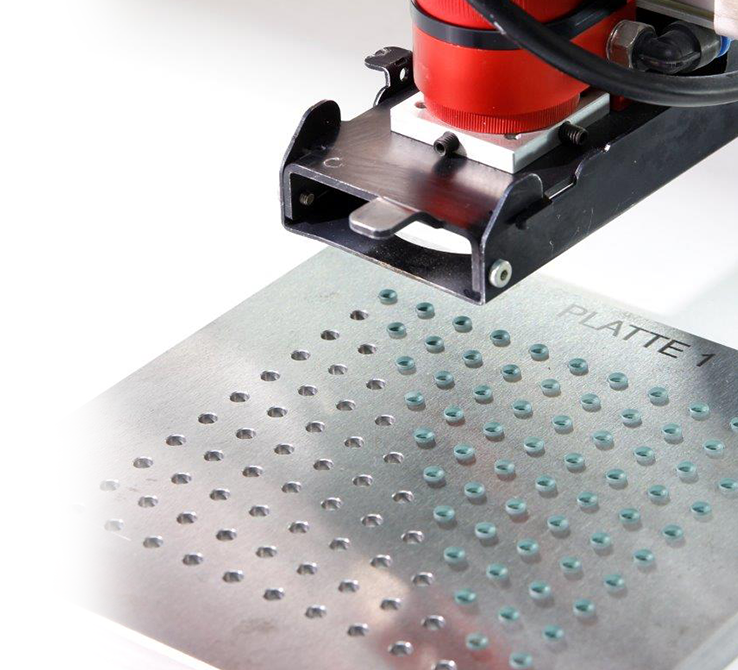

エドモンド・オプティクスは、試作からOEM向けの大量生産まで、標準品とカスタム設計品の光学フィルターを製造します。当社のエンジニアは、完全特注フィルターの設計・製造、お客様から供給される設計に基づく図面に沿った製作、、960種類以上の標準コーティングデザインの中からお選びいただく標準設計部品の大量製造まで行えます。
220nm から 10.6µm までの波長領域
お客様のニーズに合わせて960種類超の既存コーティングデザインを部分修正可能
完全特注のフィルターとコーティング設計
検査証明書と分光測定に対応
変更管理に対応可能
ISO 9001: 2015 とITAR認証された製造施設
高精度光学フィルターは、システム内の選択された波長を遮断、透過、そして反射します。レーザービームのクリーンナップ、マシンビジョンシステムでのコントラスト向上、あるいは蛍光を励起波長から分離するニーズでも、エドモンド・オプティクスには適切なフィルターソリューションがあります。
エドモンド・オプティクスは、蛍光、ダイクロイック、狭帯域バンドパス、マルチバンドパス、ノッチ、エッジ、NDフィルターをはじめとする光学フィルター用コーティングを行うリーディングカンパニーです。試作用の少量から製品化用の大口数量まで、当社のエンジニアはソリューションを構築することができます。さまざまなアプリケーションでの経験をベースに、お客様のアプリケーションにベストなフィルターを見つけ出すお手伝いを致します。何をお手伝いいたしましょう?
| フィルター用コーティングの対応力 | |||
|---|---|---|---|
| 寸法 (直径 or 正方形) | 4 – 150mm径, 4x4 - 100x100mm | ||
| 反射防止波長範囲 | 250 – 1600nm | ||
| ショートパスフィルターのカットオフ波長 | 400 – 1600nm | ||
| ロングパスフィルターのカットオン波長 | 240 – 7300nm | ||
| バンドパスフィルターのCWL, OD, およびバンド幅 | 193 – 10,600nm, >OD 7, 狭帯域~広帯域 | ||
| ノッチフィルターのCWL | 355 – 1064nm | ||
| フィルターの中心波長 (CWL) 公差 | ±1nm | ||
| フィルターのエッジ公差 | <1% 偏差, <0.2% 特殊ケース | ||
| 耐久性 | 耐環境: 湿度 (MIL-STD 810H, Section 507.6 に基づく)、温度 (MIL-STD-810H, Section 501.7 & 502.7 に基づく) 物理強度: 膜密着 (MIL-PRF-13830B, Section C.4.5.12 に基づく)、摩耗 (MIL-PRF-13880B, Section C. 4.5.11 に基づく)、洗浄(MIL-C-48497A Secion 4.5.4.2 に基づく) |
||
| フィルターのタイプ別対応力 | |||||||||||
|---|---|---|---|---|---|---|---|---|---|---|---|
| 品名 | 蛍光 / ライフサイエンスアプリケーション用フィルター | ハードコートバンドパスフィルター | 高精度エッジフィルター | 光学用ノッチフィルター | |||||||
| フィルターの種類 | 蛍光用バンドパスフィルター | 蛍光用ダイクロイックフィルター | 狭帯域バンドパスフィルター | 中帯域バンドパスフィルター | 広帯域バンドパスフィルター | ショートパスフィルター | ロングパスフィルター | ダイクロイックフィルター | レーザーライン用ノッチフィルター | マルチライン用ノッチフィルター | |
| 代表的なスペック | 透過率 ≥ 95% | 透過率 ≥ 95% | 透過率 ≥ 95% | ブロッキング ≥ OD6.0 | |||||||
| ブロッキング ≥ OD6.0 | R ≥ 98% | ブロッキング ≥ OD4.0 | ブロッキング ≥ OD4.0 | R ≥ 98% | 狭FHWM (半値全幅) | 2、3、4波長デザイン | |||||
| 10 - 80nm 間のバンド幅 | 透過波面歪 (TWD) ≤ λ/4 | 5 - 20nm 間のバンド幅 | 25 - 50nm 間のバンド幅 | バンド幅 ≥ 50nm | スロープファクター ≤1% | 透過波面歪 (TWD) ≤ λ/4 | 広透過領域 | 透過波面歪 (TWD) ≤ 1λ | |||
| 耐環境性:湿度 (MIL-STD 810H, Section 507.6 に基づく)、温度 (MIL-STD-810H, Section 501.7 & 502.7 に基づく) | |||||||||||
| 物理強度:膜密着 (MIL-PRF-13830B, Section C.4.5.12 に基づく)、摩耗 (MIL-PRF-13880B, Section C. 4.5.11 に基づく)、洗浄(MIL-C-48497A Secion 4.5.4.2 に基づく) | |||||||||||
| 補足 | 蛍光顕微鏡や分光法、qPCR、あるいはフローサイトメトリーなど、蛍光検出を必要とするアプリケーションに通常用いられる。 | LEDかレーザー光源のクリーンナップ、蛍光検出、および分光法やマシンビジョンアプリケーションに共通して用いられる。 | UVやIR遮断などのスペクトルの選別や、特定スペクトル領域の遮断用に適する。ダイクロイックフィルターは、蛍光アプリケーションにおける励起と蛍光放出の分離に共通して用いられる。 | Nd:YAG、Yb:YAG、He-Ne、アルゴン、ファイバー、チタンサファイア、およびダイオードレーザーなどの一般的なレーザーラインを遮断 | |||||||
エドモンド・オプティクスは、日本と米国に最先端の光学フィルターコーティング施設があり、以下の対応力を備えています:
また、以下にあげるサポート機器も備えます:

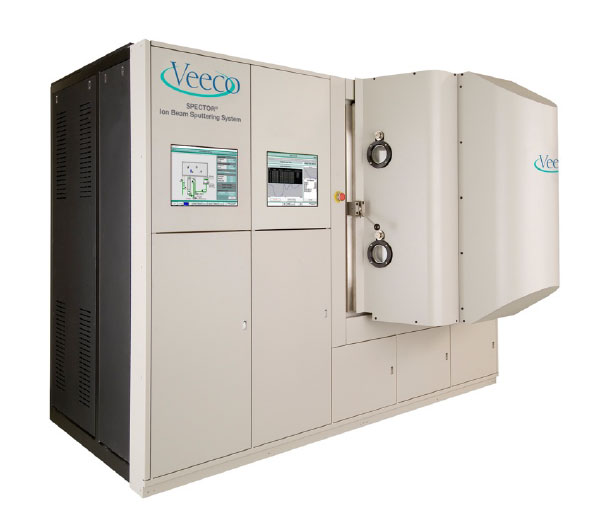
イオンビームスパッタリングコーティングチャンバー
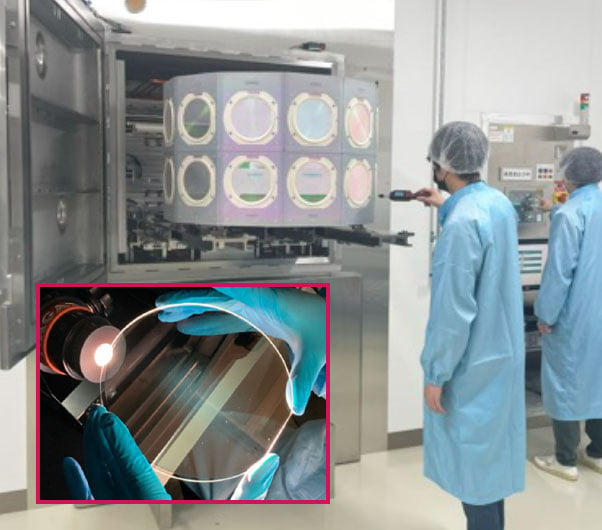
大量生産用のマグネトロンスパッタリング
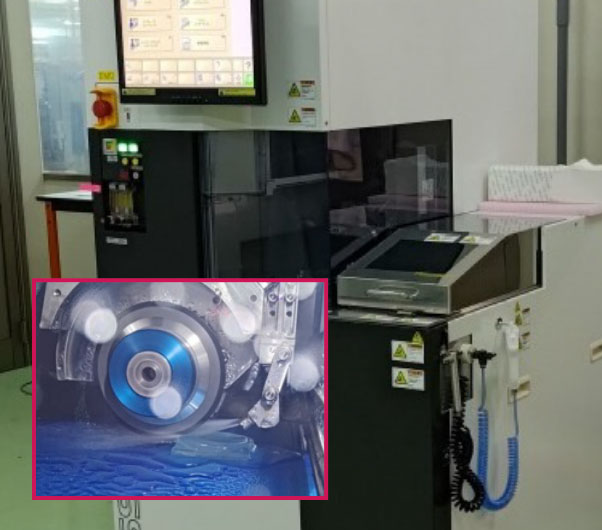
ダイシングプラットフォーム
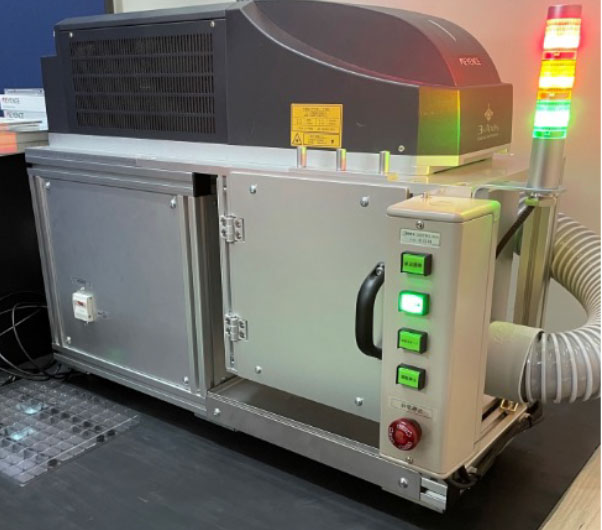
レーザー彫刻機
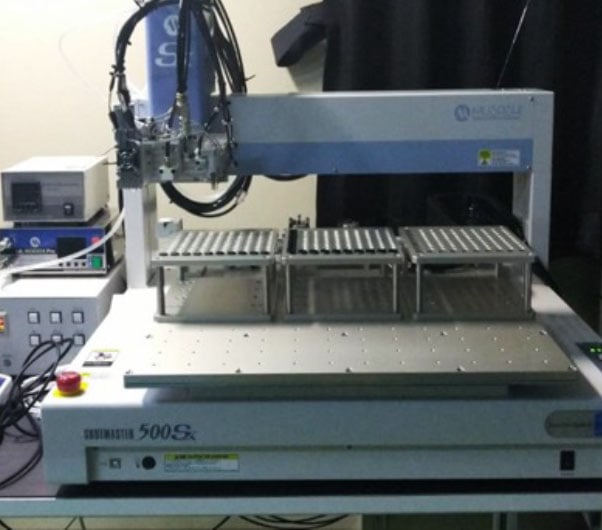
キーエンス社製レーザー彫刻機

59種類の SCHOTT 製光学フィルターガラスを在庫
特注フィルターガラスのクイック見積り用オンラインツールはこちらへ
標準と特注寸法の両方で最低発注数量の条件なし
図面に沿った製作 & 完全特注デザインに対応
プロトタイプ用に迅速な対応
エドモンド・オプティクスのドイツにおける製造拠点である ITOS社 は、特注の形状や4-160mmまでのサイズ、およびさまざまな板厚で光学フィルターガラスを供給します。最先端の製造設備と、さまざまな硝材を含む SCHOTT 製光学フィルターガラス全種の拡張した在庫により、特注フィルターを少量のご注文から短納期でお届けします。DIN ISO 9001:2015認証を受けたこの製造施設は、大量生産における信頼性と品質を保証します。ITOS社は、お客様のフィルターを分析して必要な特性を提供することもサポートしています。
専門家への相談や見積りの依頼は、今すぐお問い合わせください。
60種類の中から、アプリケーションに必要なスペクトルに合ったフィルターガラスをお選びいただけます。試作用の少量であっても、OEMシステム用の図面に沿った製作であっても、またフィルターの仕様を単純に決める必要がある場合でも、当社がもつ光学フィルターガラスの切断と研磨加工の対応力で、お客様のプロジェクトを成功へと導きます。
| 光学フィルターガラスの対応力 | ||
|---|---|---|
| 寸法 | Ø 3 ~ 160mm or 2 x 2mm ~ 160 x 160mm | |
| 寸法公差 | ≥ 2 – 49mmの場合: ±0.2mm、≥ 50 – 99mmの場合: ±0.3mm、≥ 100 – 160mmの場合: ±0.4mm | |
| 板厚 | 0.5 – 4.0mm | |
| 板厚公差 | ≤ 1mmの場合: ± 0.1mm、> 1 – 4mmの場合: ± 0.2mm | |
| 表面仕上げ* | P2 | |
| 形状誤差, 平面度* | 3/10-15 (直径 50mmまでに対して) | |
| 表面欠陥* | ≥ 2 – 49mmの場合: 5/3 x 0.63mm、≥ 50 – 160mmの場合: 5/4 x 0.63mm | |
| 平行度* | 3’ | |
| エッジ & 面取り | ≥ Ø5mmの円形部品: エッジ研磨 & 保護用面取り < 50 x 50mmの正方形 & 長方形部品: エッジ研磨、面取りなし |
|
| エッジチップ | ≤ Ø80mmの場合: < 0.3mm (5/E0.3)、≥ Ø81mmの場合: < 0.6mm (5/E0.6) | |
| 特注対応可能な SCHOTT 製光学フィルターガラス | |||||
|---|---|---|---|---|---|
| BG3 | BG60 | VG9 | GG395 | GG495 | RG695 |
| BG7 | BG61 | VG20 | GG400 | OG515 | RG715 |
| BG18 | BG62 | UG1 | GG420 | OG530 | RG9 |
| BG25 | BG63 | UG5 | GG435 | OG550 | RG780 |
| BG38 | BG64 | UG11 | GG455 | OG570 | RG830 |
| BG39 | BG67 | BG36 | GG475 | OG590 | RG905 |
| RG850 | BG40 | RG1000 | N-WG280 | KG5 | RG610 |
| NG5 | BG42 | KG1 | N-WG295 | NG1 | RG630 |
| NG9 | BG50 | KG2 | N-WG305 | NG3 | RG645 |
| NG11 | BG55 | BG59 | KG3 | N-WG320 | NG4 |
| RG665 | RG665 | ||||
| SCHOTT 製光学フィルターガラスの概説 | |||||
| UG | UV光を透過する黒色&青色ガラス | ||||
| BG | 青色、青緑色、およびマルチバンドガラス | ||||
| VG | 緑色ガラス | ||||
| GG | IR光を透過するほぼ無色~黄色ガラス | ||||
| OG | IR光を透過するオレンジ色ガラス | ||||
| RG | 可視光を遮断し、IR光を透過する赤色と黒色ガラス | ||||
| NG | 可視域で均一な減衰をおこなうNDガラス | ||||
| WG | UV域で異なるカットオフ波長をもち、可視やIR域は透過するカラーレスガラス | ||||
| KG | 可視域で高い透過率があり、IR域は吸収する実質的にカラーレスなガラス | ||||
特注サイズ用のカラーフィルターガラス価格ツール
